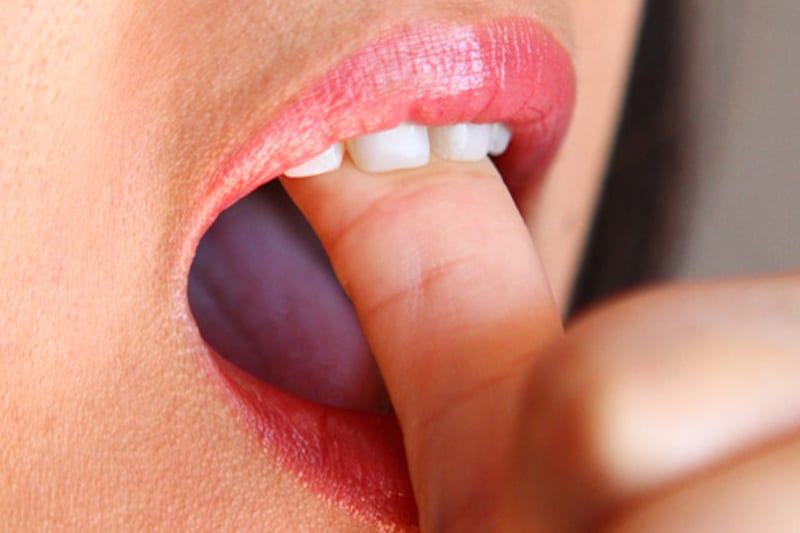During summer, there’s nothing quite like a refreshing slushy or a delicious scoop of ice cream on a hot day, right? Many often indulge in a sweet, frosty treat to beat the heat.
But sometimes, especially for kids, we get a little too excited eating them and end up experiencing sudden and intense pain in our heads after taking a bite. That sharp pain quickly comes without warning, radiating through the forehead, temples, or even behind the eyes or nose. But just as quickly as the pain arrives, it disappears.

Have you ever had that sudden, intense headache after taking a big bite of ice cream? If you’ve already experienced one, I’m pretty sure you know what I’m talking about.
What is this unpleasant feeling, you ask? That’s what we call brain freeze!
But what exactly is brain freeze? Is it really our brains freezing? And what causes it, and how? Let’s find out!
What is Brain Freeze?
Brain freeze, also known as ice cream headache, is an intense and sharp pain in the head caused by drinking, eating, or breathing something cold. Its scientific term is sphenopalatine ganglioneuralgia or cold neuralgia.

This sensation is not just caused by ice cream alone. It can be triggered by a variety of things, including:
- Freezing air
- Eating frozen things (ice cream, ice cubes, and popsicles)
- Sipping on cold drinks (ice water or slushies)
- Submerging your head in frigid water
So What Causes It?
Although the exact cause is still unclear, scientists suggest that a person may experience brain freeze when something extremely cold touches the roof of the mouth (upper palate).
The cold then triggers the trigeminal nerves, which are located behind the nose. They are responsible for causing headache pain. These nerves then transmit sensory information from the face and head to the brain.
To warm up the affected area, the body sends more blood to that region, causing the blood vessels in the head to expand. This sudden change in size due to the rush of blood triggers the pain signal in the brain.
Fortunately, the headache will subside once the blood vessels constrict or return to their normal size. The pain lasts only a few seconds to two minutes.
How To Prevent Or Ease It
So what can you do to prevent brain freeze or stop it so you can eat ice cream peacefully?
The good news is that a brain freeze will typically go away in less than 30 seconds. You can simply stop eating or drinking and wait a few seconds for it.
However, you can help stop or reduce one by pressing your thumb or tongue against the roof of your mouth to help warm the area.

You can also cover your mouth and nose with your hands and breathe rapidly to increase the flow of warm air.
Drinking warm water will also work!
If it’s because of freezing air, you can wear a face mask or scarf as a barrier against cold air.
But the best way to prevent a brain freeze is to eat cold food and drink slowly. No need to be in a hurry!
Before I end this post, I’ll share some fun facts about brain freeze!
Did you know that not everyone experiences brain freeze? Scientists think that it may be because people’s trigeminal nerves are more sensitive than others.
Also, animals like cats and dogs can get brain freeze from eating a cold treat too fast.
People who suffer from migraine headaches are more likely to experience brain freeze. In addition, there is some evidence that intentionally giving yourself brain freeze while having a migraine may actually cure the migraine pain.







